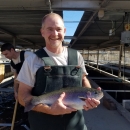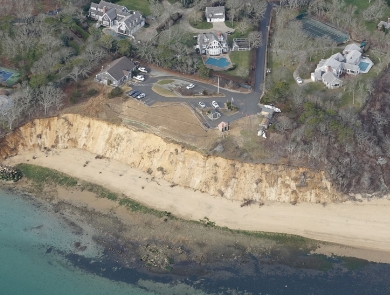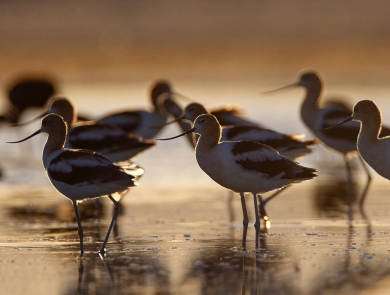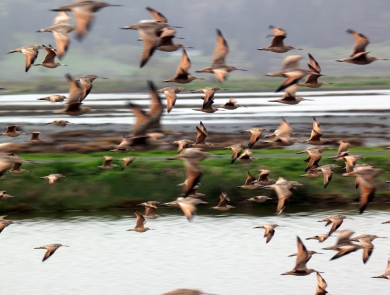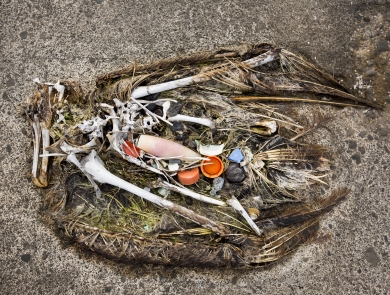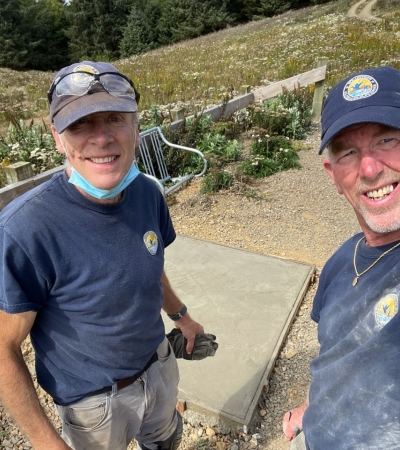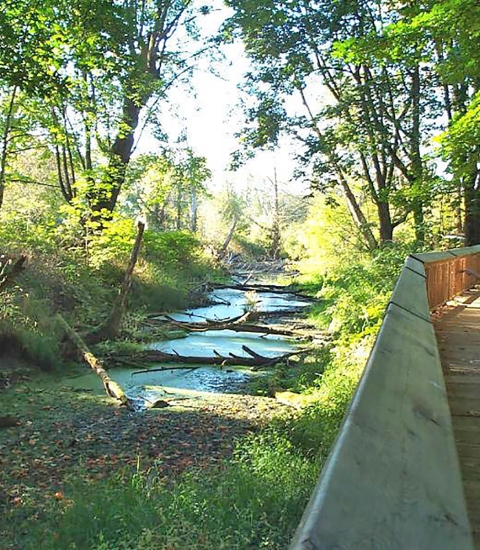Facility
Location
Willow Beach, AZ 86445
United States
Volunteer Position Overview
About This Position
Willow Beach National Fish Hatchery is located about 12 miles below the Hoover Dam on the beautiful Colorado River. The hatchery is responsible for raising 2 native species, as well as non native trout for conservation and sports fishing opportunities.
The hatchery has one RV pad available on site for an individual volunteer/ or couple to assist the facility with grounds maintenance/ facility cleaning and fish care Friday, Saturday, and Sunday every week. All utilities are provided but the volunteer must provide their own RV. The volunteer must be able to walk/ stand for extended periods of time and be able to lift up to 50lb bags of fish food. The hatchery is open to the public and has public bathrooms and grounds that will need to be cleaned or maintained once a week. Assistance will be needed in weekly cleaning and feeding of fish as well as general monitoring of systems. Previous experience in volunteer work at hatcheries or general background in animal care is ideal. The hatchery is looking for a volunteer willing to stay for a period of at least 2 months and will be accepting applications for any time frames within 2024.
Duties/Activities
Stories About Volunteering
Other Ways to Work with Us
Are you looking for something different than a volunteer opportunity? The Fish and Wildlife Service employs around 9,000 people nationwide and offers great internship opportunities every year.
